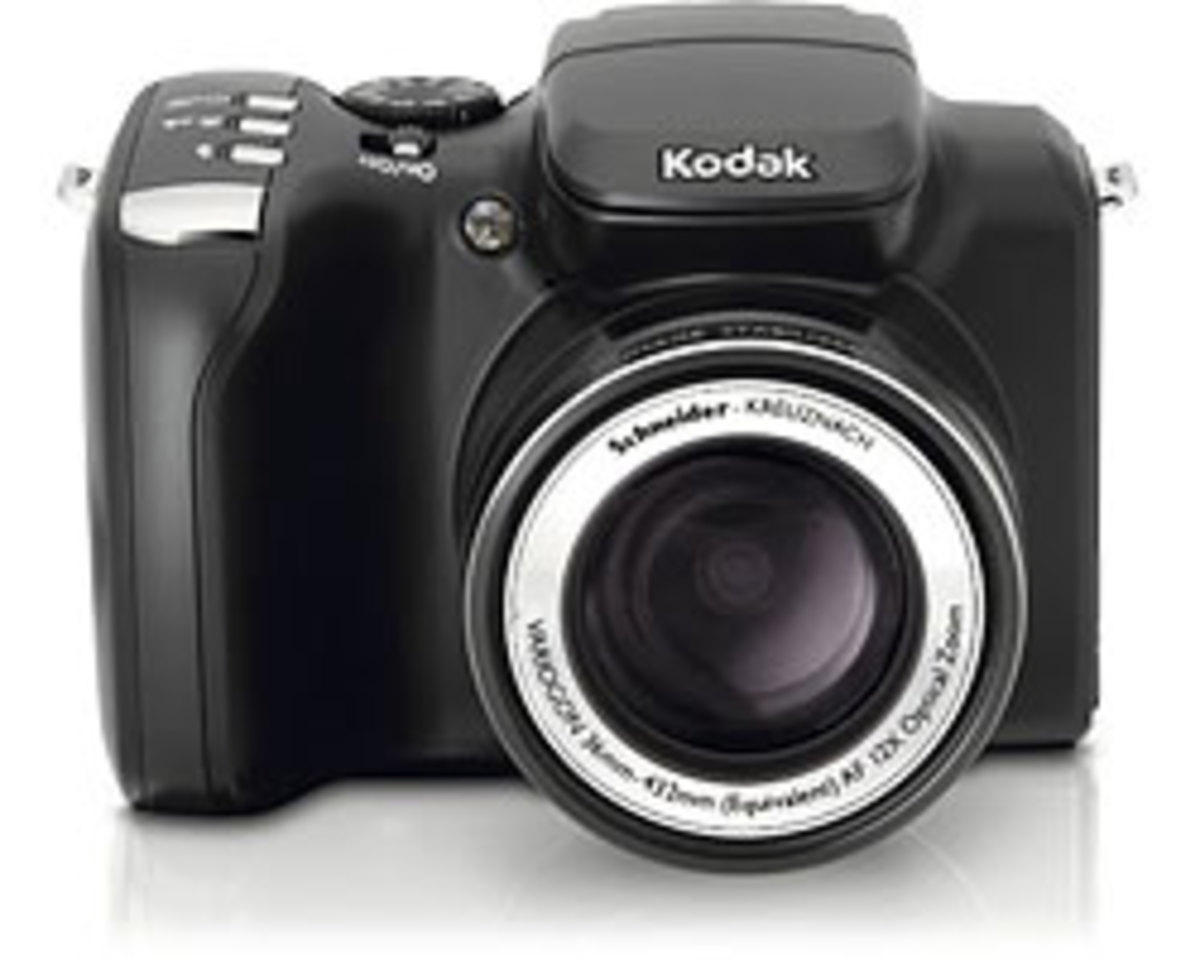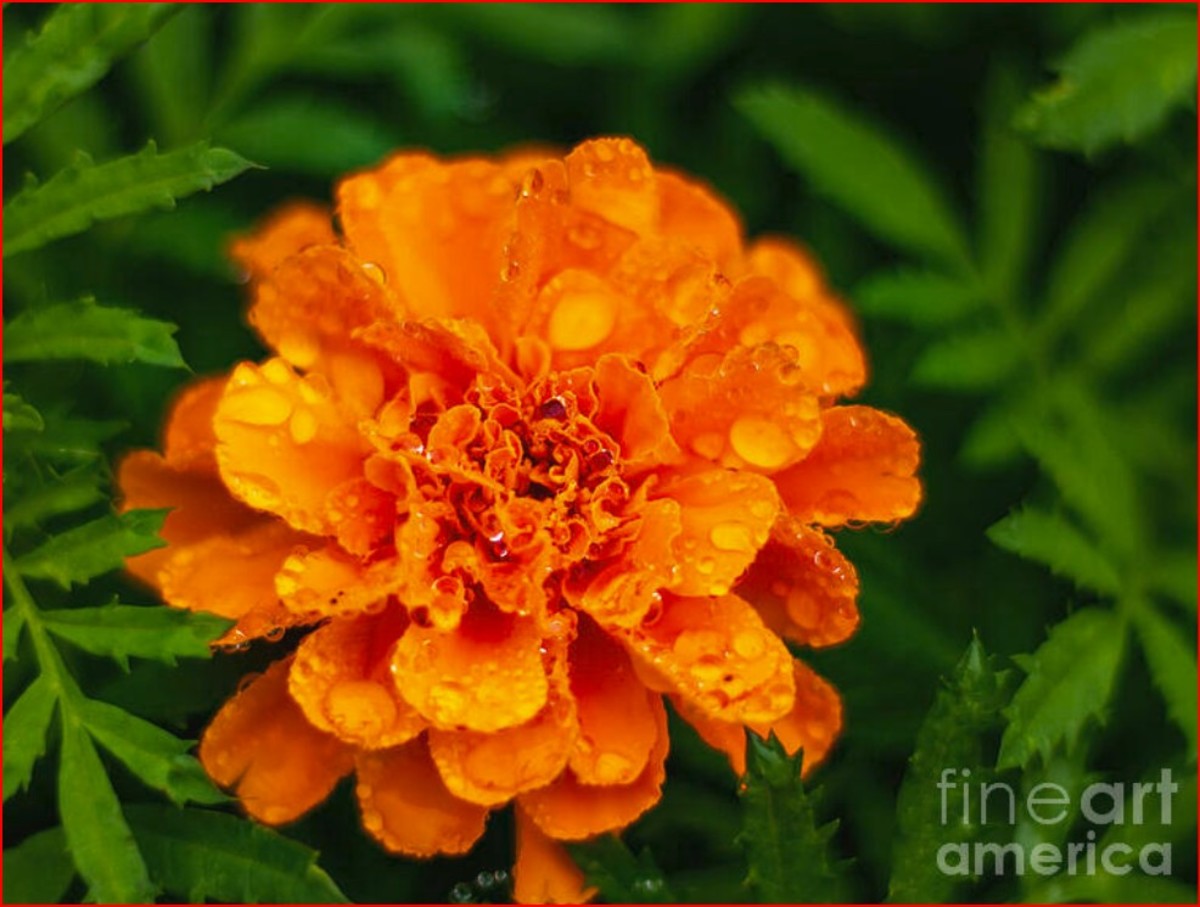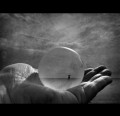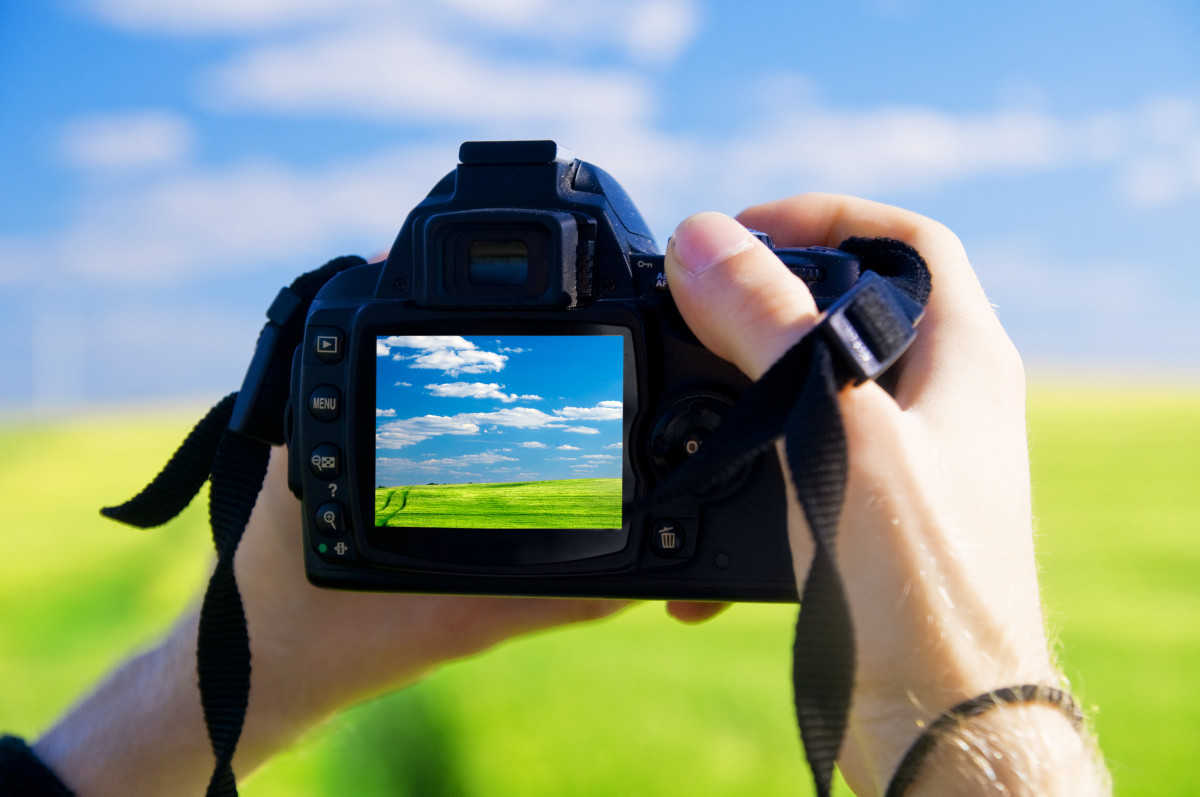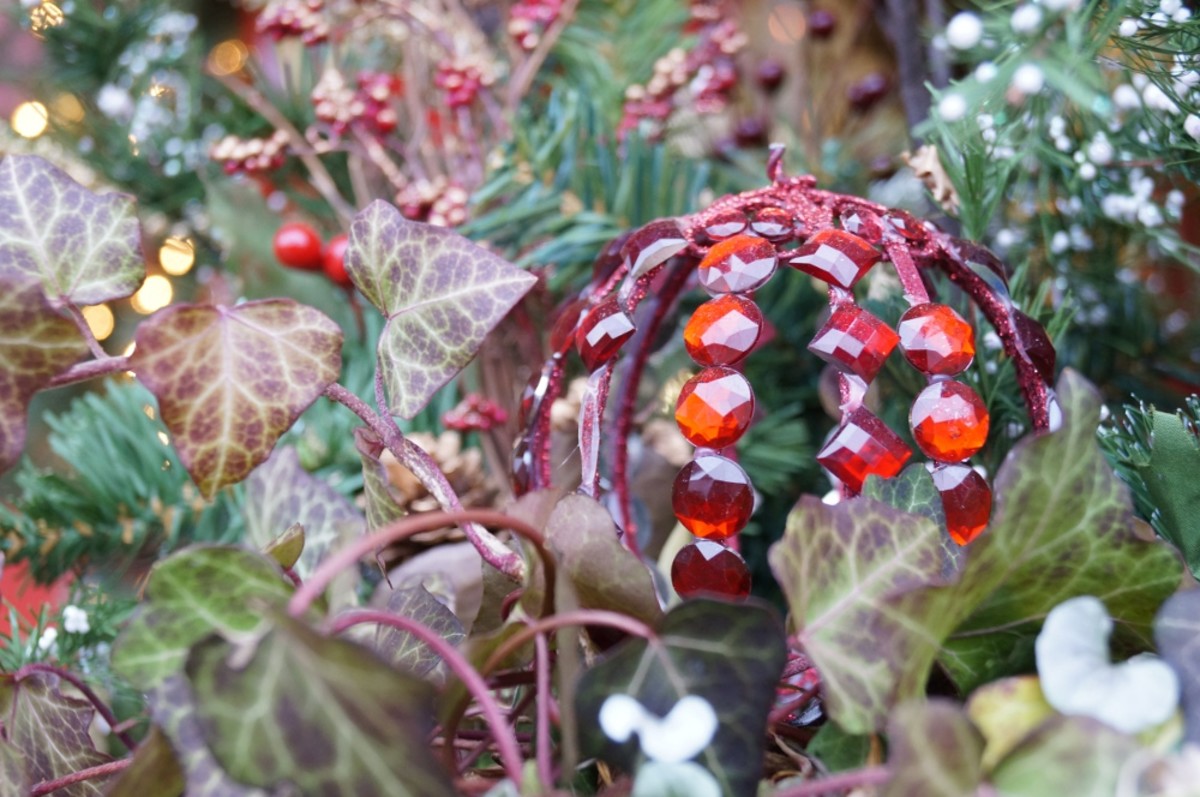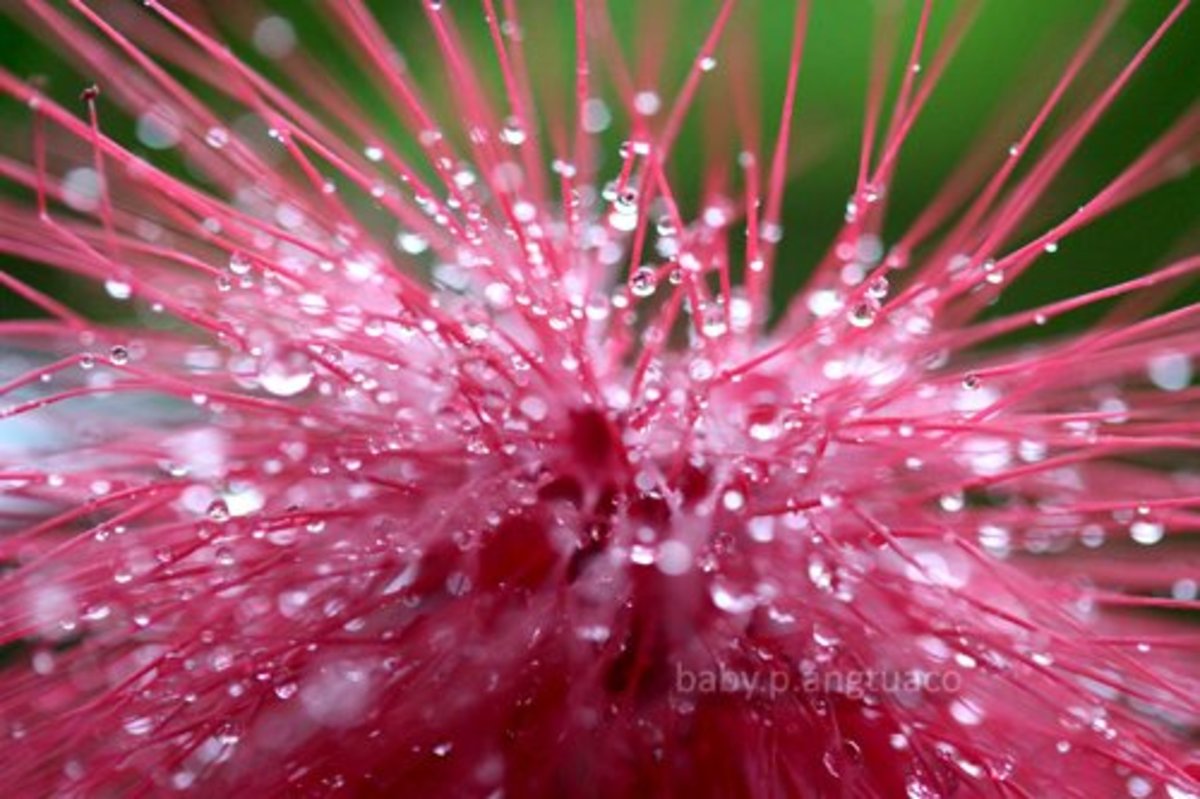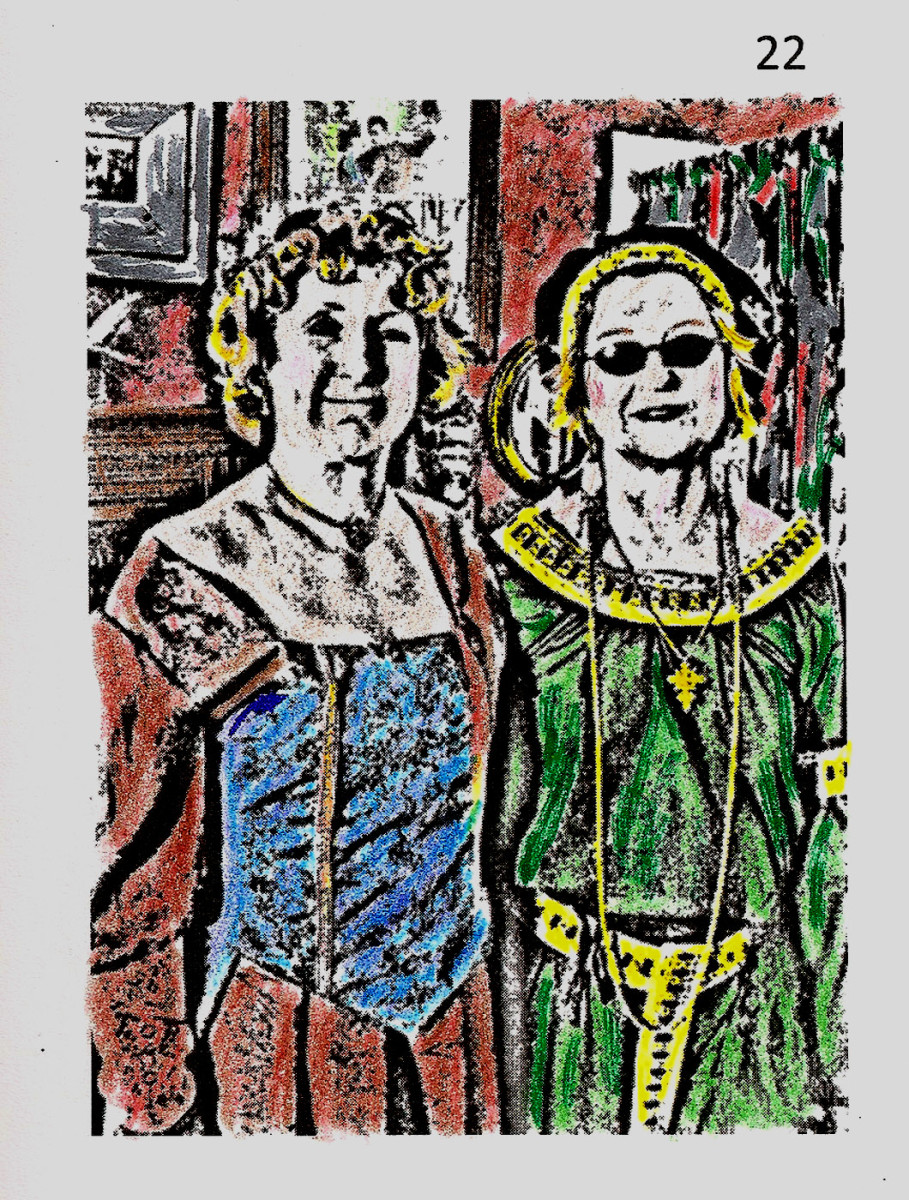Digital Photography tips: ISO settings and Noise
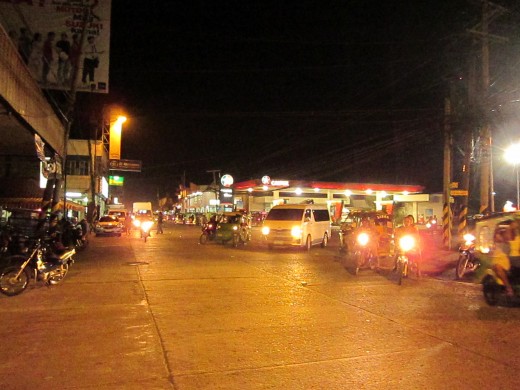
The ISO setting of your camera defines the sensitivity its sensor – CCD or CMOS. ISO is the digital equivalent of DIN/ASA of Films. It sets how much light is needed to get correct exposure. For Example, you took a picture at ISO 80 at 1/200s f8.0. When you increase your ISO sensitivity, to get the same results – exposure, you’ll need to lower the shutter speed or you may increase your aperture.
ISO levels of cameras range from 80 to 3200 for compacts and it can reach up to 64000 for Digital Single Lens Reflex Cameras. Although higher sensitivity is convenient for fast moving objects or low light scenes, it introduces an image defect called noise. Although in some artistic shots noise is desirable, it often causes the image to become mottled and less sharp. So choose your ISO sensitivity wisely. Here are some tips on how to choose ISO sensitivity: How to Effectively Use the ISO settings of your Camera.
The reason why noise is present in images is the uneven number of photons – the wave/particle that that is light, hitting the sensor. The amount of photons reflected from any surface is never perfectly even. The sensor is also composed of small light sensitive components where each small component represents a pixel. So each sensor pixel represents only a small area – almost a point in the scene.
Light from the scene is not “averaged” by the sensor it only records points which are the pixels. Because of the uneven distribution, there is also an uneven distribution of luminance in the image. There is where we got the term luminance noise. This is more prominent in darker scenes, where there is less light. There are too little photons. That’s why there is more noise in darker scenes and in darker parts of an image.
The ISO sensitivity setting of your camera is often found in the shooting settings of cameras. Unfortunately, there are some compacts that do not offer the user control over the ISO settings. An example is the COOLPIX L series. Because of the noise that Higher ISO settings introduces and the post processing most compact do, which sometimes is too much, to the picture it takes, images taken will seem unnatural when zoomed at 100% or it would contain a lot of artifacts like pixel distortion. So, for compact users, keep the ISO at the minimum.
For compacts, ISO setting at 80 – 200, in bright light produces minimal noise. In low light conditions, the noise is usually correctible. DSLR users can conveniently use ISO settings and still get a good crisp image.

